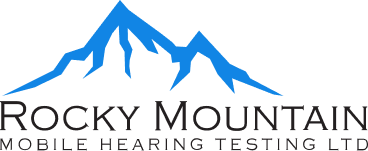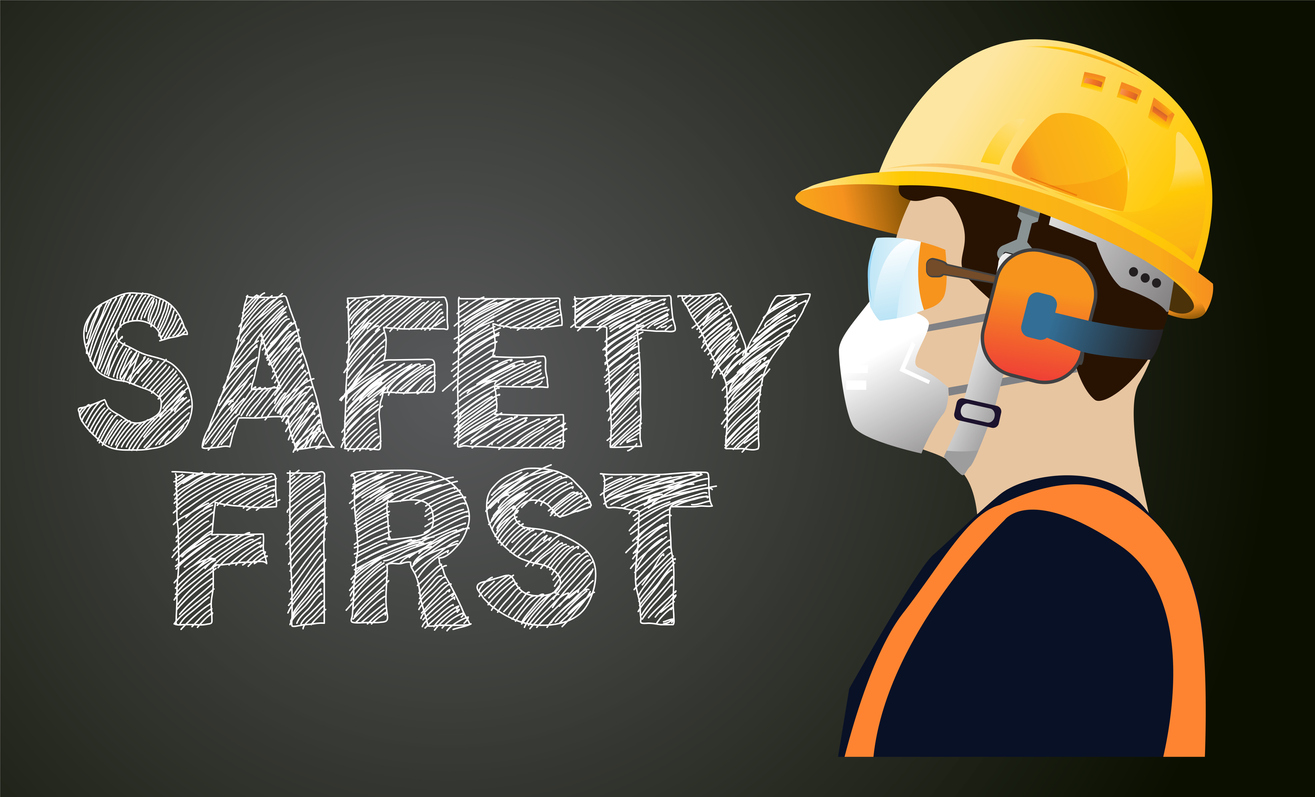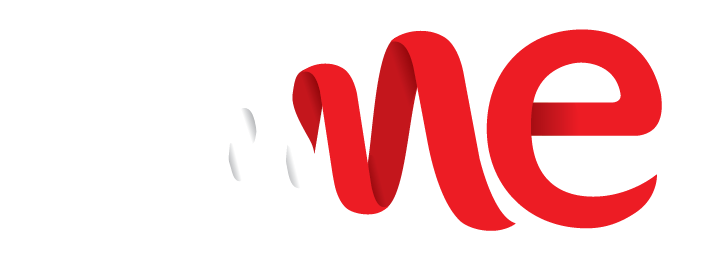The topic of health and safety in the workplace is one that can confuse workers without proper orientation. But it’s important to remember that provincial safety codes are a company’s responsibility to take precautions against occupational hazards. Occupational Health & Safety can be thought of as a form of budgetary concern as public protection; it’s expensive for the company when workers get hurt just as much as it is upsetting on an emotional level for all involved.
Without this approach, however, workers would be at risk of physical harm or even death, so it’s well worth getting employees and employers on the same page about what hazards exist on the worksite and how to mitigate them. According to occupational health and safety regulations in Alberta, there are a few common workplace dangers, some of them more obvious than others.
Fire Hazards Are Most Common
These are the most prevalent danger to workers. Various industries use hazardous materials, and many of them are flammable or explosive. A common fire hazard is the risk of explosion from improperly storing flammable materials, such as chemical reagents, fuel, or pressurized chemical tanks.
Certain types of welding equipment can be deadly and even sometimes even faulty connections or mishandled wiring can pose risks beyond welding equipment. Anything electrical can pose fire hazards as well, so maintenance, handling, and storage of electric equipment is paramount.
Fires are caused by carelessness, ignorance, and inexperience. With proper education and training information, especially accessible data sheets on hazardous materials on-site, companies can help their workers minimize fire hazards.
Falling Hazards Are Very Common
A fall from high places can be fatal, particularly if the person is not properly protected or if the equipment or machinery is the cause of the fall. For example, falling stairs and scaffolds are a common hazard for construction workers, and scaffolding for elevated work projects can cause falls.
Anywhere workers need to be at elevated heights, even as little as 1m above ground or platform level, presents a falling hazard. For office workers, there are numerous ways to fall, including slips and falls in common areas, staircase use during fire drills, or tripping hazards throughout the office.
Falls can lead to serious injuries, including broken bones, head injuries, and even death. Falls are usually caused by human error as well as equipment failure, which means that people need to be trained on how to avoid falls as a part of orientation. Anyone who is responsible for the maintenance of equipment needs to be considerate of the dangers present. This can be anything from slippery surfaces or uneven grips to poorly placed obstacles and even furniture or storage access that may be too high.
Is Loud Noise a Workplace Hazard?
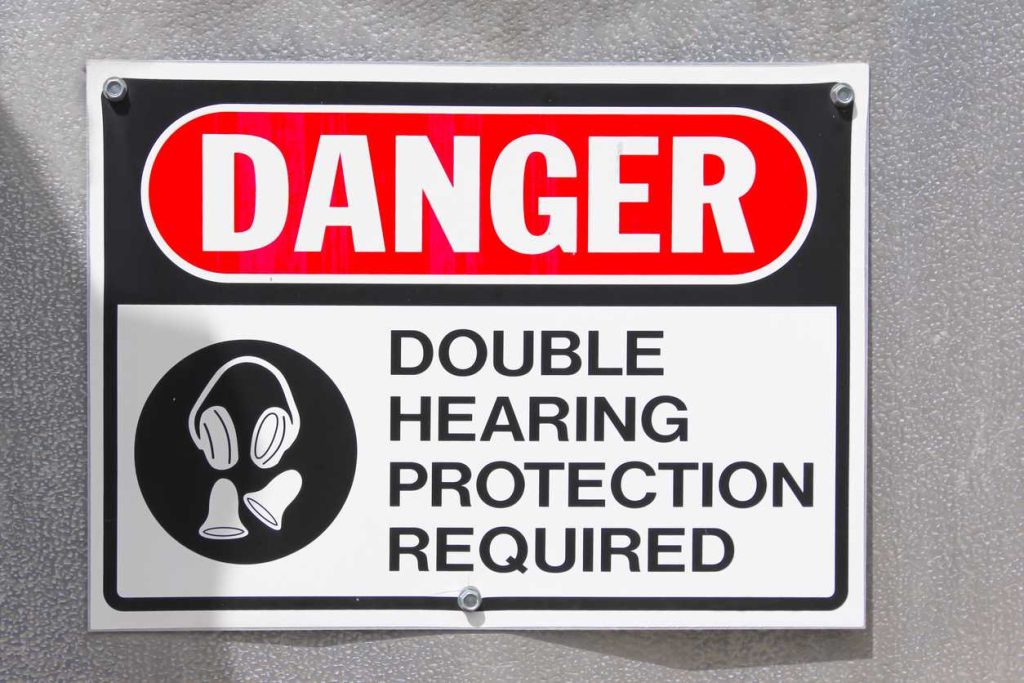
This is a common question asked by workers and employers alike. According to regulations in Alberta, the decibel level that causes hearing loss varies by the decibel reading and the length of exposure. The thing about hearing loss is that it’s not easily felt the way other workplace injuries happen.
When you notice that your hearing has gone due to a noisy workplace like construction or industrial site, it might be too late. That’s why workplace hearing testing at regular intervals is make-or-break for keeping employees and their hearing safe. The normal daily noise threshold for the average person’s ears measures at around 85 decibels, which is lower than the average decibel readings at many worksites.
Loud noise might be an unavoidable part of your workplace, so there needs to be consistently close monitoring of hearing ability for each exposed employee, just in case. As a result, audiometric testing in Alberta is in high demand.
While these are just a few of the most common workplace hazards, certain businesses have specific needs that must be addressed. For example, medical offices and hospitals must take precautions against infection and other harmful diseases, while construction workers must be aware of potential falls from heights or mechanical equipment.
In general, working a job that involves the handling of chemicals can be very dangerous if proper precautions are not taken. These are obvious hazards with a need for training and orientation. On the other hand, loud noise is one thing most people don’t think of as a hazard right away, but companies familiar with OH&S compliance usually know the necessity of timely audiometric hearing testing as per code.
Rocky Mountain Mobile Hearing Testing is your locally owned and operated Calgary business. We are committed to providing mobile hearing testing services and other safety tests to numerous industries and companies in Western Canada. Our services are part of the WorkSafeBC Provider Network, while our sound booths are approved by the CSA. We offer audiometry testing, mask fit testing, custom earplugs, noise measurements, help with implementing a hearing conservation program, and spirometry testing. If you want to improve your workplace, leave it in the hands of our team. Contact us today at (403) 399-4775.
